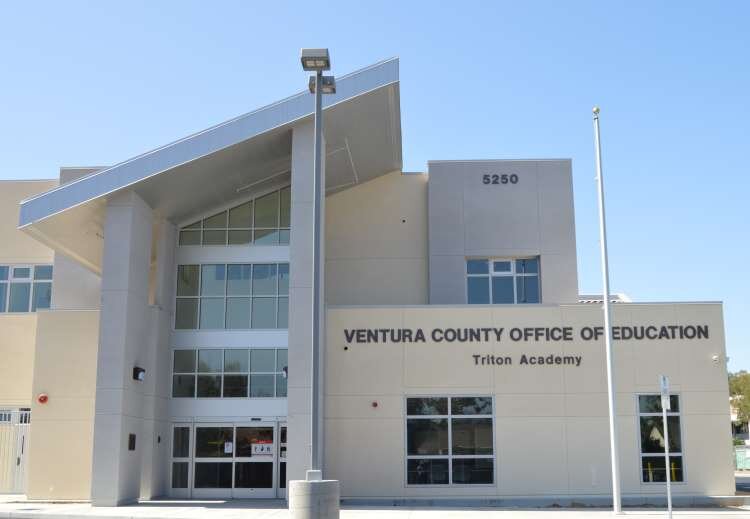Cal Lutheran President Resigns; Interim President Announced
/The California Lutheran University Board of Regents announced today that President Lori Varlotta will step down from her role effective May 31, 2024. Dr. John Nunes, most recently pastor at Pilgrim Lutheran Church in Santa Monica, and former president of Concordia College New York, will serve as interim president for a two-year term beginning on June 1, 2024.
Varlotta was appointed president in September 2020 and successfully steered the university through the COVID-19 pandemic, leading efforts to bring Cal Lutheran students back to campus and to face-to-face learning ahead of many other California institutions. She made difficult but necessary changes to mitigate a potential financial crisis; implemented changes to align shared governance structures with university bylaws; and designed a Talent, Culture and Diversity division.
Nunes has served since 2020 on the Academic Leaders Task Force on Campus Free Expression at the Bipartisan Policy Center. The Task Force’s recommendations about how to foster a campus culture of robust intellectual exchange during the current period of national polarization have been adopted by many universities, both public and private.
Nunes is a senior fellow at the Center for Religion, Culture and Democracy and was ordained as a Lutheran minister in 1991. He was also president and CEO of Lutheran World Relief and held an endowed professorship at Valparaiso University. He is the author of five books and numerous articles, and holds degrees from Concordia College, Ann Arbor (BA), Concordia Seminary in St. Catharines, Ontario (MDiv), and the Lutheran School of Theology at Chicago (ThM and PhD). He and his wife, Monique, are the parents of six children and 13 grandchildren.
Dr. Nunes’ appointment comes with the support of the Region 1 bishops and Region 2 bishops of the Evangelical Lutheran Church in America.
California Lutheran University
Founded in 1959 and formally recognized as a Hispanic-Serving Institution since 2016, California Lutheran University is home to 2,377 undergraduate and 1,033 graduate students. Our students come from 59 countries and represent a wide spectrum of faiths and spirituality. Our dedicated, accomplished faculty teach in small classes, guiding our students as they grow into open-minded leaders who are strong in character and judgment, confident in identity and vocation, and committed to service and justice. Everyone at Cal Lutheran is committed to helping each student pursue their passions, discover their purpose and transform their community. Learn more at CalLutheran.edu.






